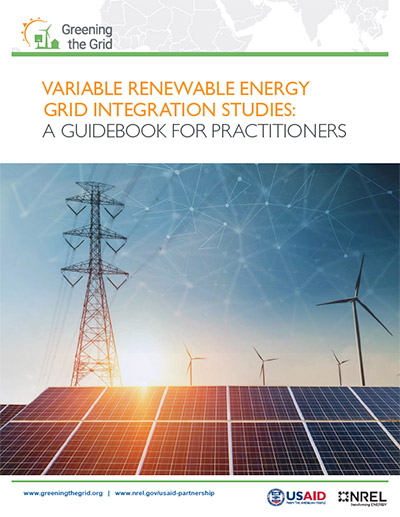From Study to Roadmap Creation: Using the Results of a Grid Integration Study
With the results in hand, decision makers can be more precise and effective in developing national, regional, and local-level implementation roadmaps that prioritize the most cost-effective actions to meet their grid integration goals, and they can identify the implementation steps, costs, time frame, and actors responsible for implementation. At the same time, a grid integration study adds transparency to the policymaking process by clearly communicating the study objectives, assumptions, data sources, analytical methods, results, and limitations to all relevant power system stakeholders and to the broader public.
In addition to identifying the highest-value integration actions, a grid integration study will likely raise additional questions that might warrant further analysis. Subsequent analyses can build on the framework developed for an initial study to analyze additional timescales, scenarios, and geographic regions or to focus on a broader energy systems analysis that considers the combined impacts of VRE on the transmission, distribution, natural gas, and transportation systems. With rigorous technical oversight and robust stakeholder engagement, a grid integration study can serve as a powerful long-term tool to guide decision makers in planning and implementing well-informed renewable energy policies. For a more comprehensive examination of VRE grid integration studies, please refer to the original guidebook in PDF format here.
Case Study Spotlight: India Renewable Integration Study
An NREL grid integration study has confirmed the technical and economic viability of integrating 175 gigawatts (GW) of renewable energy into India's electric grid by 2022. Find out more information on how Greening the Grid partners with stakeholders from across India to build capacity for renewable energy integration here.


